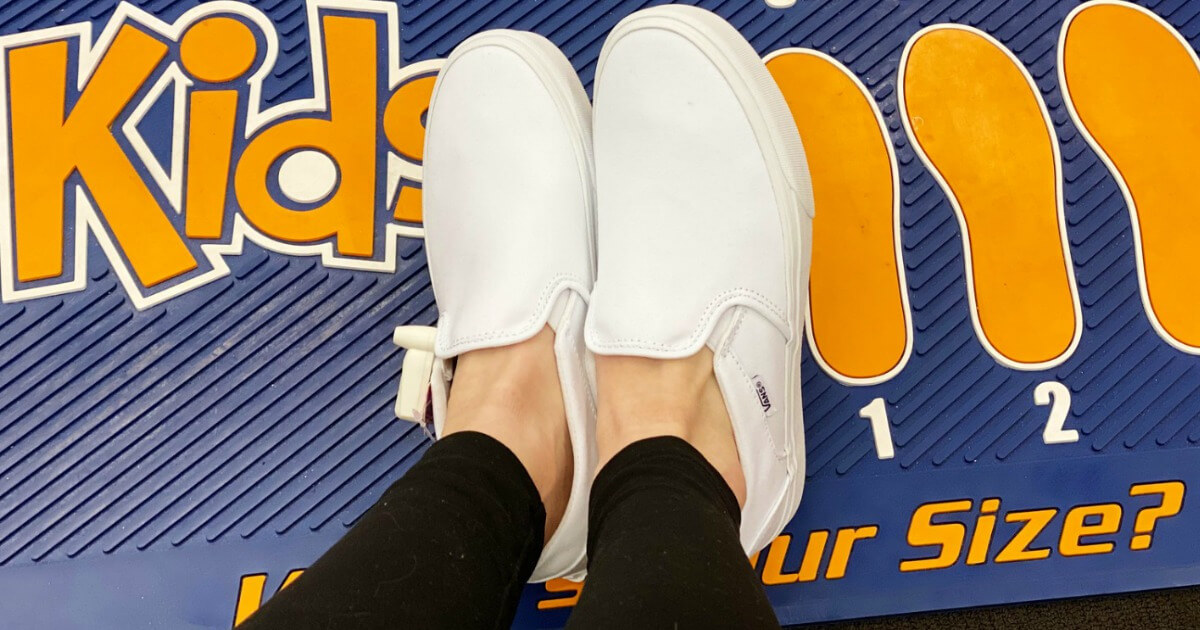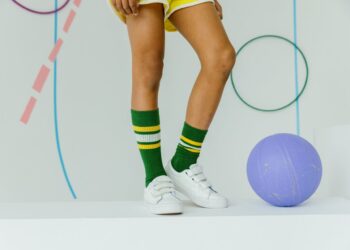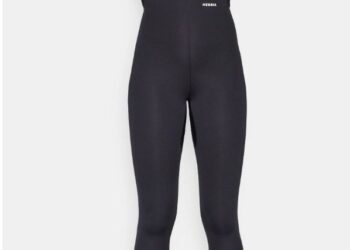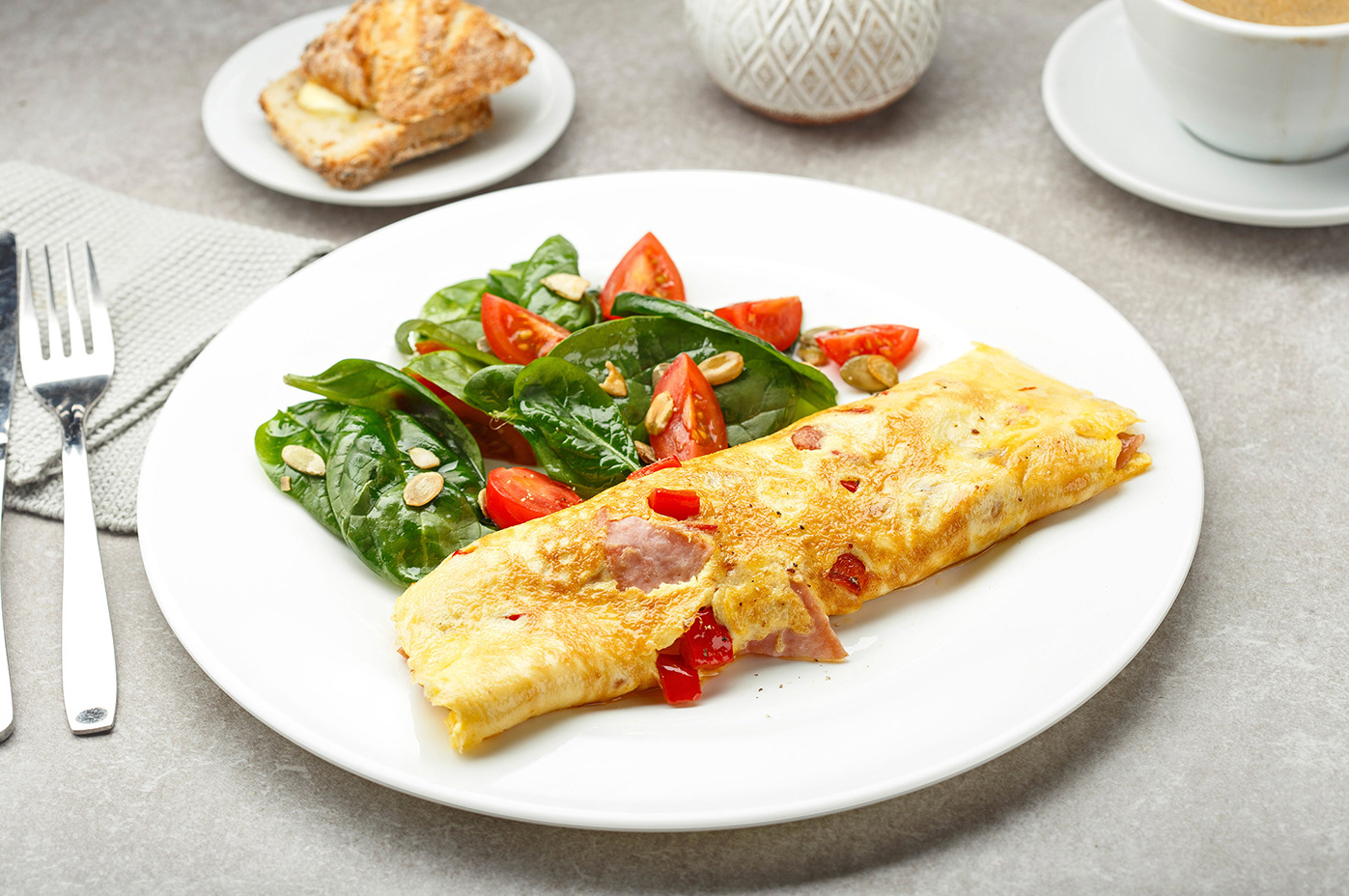Do you have a preschooler in your family? Are you wondering how to find the right shoe sizes for teeny feet?
Finding kids’ shoe sizes may not be as easy as it sounds. You’ll want to be mindful of several factors, including how quickly your little sprout is growing. And you’ll need to remember how durable and mobile your child’s shoes will need to be.
Here’s how to find the right shoe size for your tot.
Toddler Shoe Sizes Vs. Kids’ Shoe Sizes
Your preschool kid may be wearing toddler shoe sizes. These range from sizes 0-13. Your four or five-year-old could still be wearing the bigger sizes when they march off to preschool.
Still, some preschoolers may be beginning to wear bigger kids shoe sizes. These usually run from sizes 1-7.
Some shoe stores have toddler shoe sizes marked with a “T” and other sizes labeled as “kids.” Not all retailers use the same language, so you’ll need to be careful when shopping.
Often, terms like “walker,” “baby,” and “little kid” describe toddler shoe sizes up to 13. Words like “youth” and “big kid” are often used to describe the kids’ sizes 1-7.
A shoe size chart can help with exact measurements. It’s also useful if you’re looking for shoe size conversion to Euro or UK sizes.
For example, a size 8 in US kids is size 7 in UK kids.
Often, children’s shoes will have the size in Euro or UK sizes along with the American size so you can convert sizes right away.
Measuring Your Child’s Feet
Many parents check the fit of their child’s shoes by pressing the tip of their thumb against the toe of the shoe to see how much room there is. This can work in a pinch, but you should also measure the overall length. You can do this by pressing their heel against the wall and measuring the distance from the wall to the end of the longest toe.
The length of your child’s foot can convert directly into a shoe size on many charts.
To measure the width of your child’s foot, place a tape measure under your child’s foot and wrap it under the ball of it, which is the widest part.
If you want a complete measuring, you may want to visit a specialty shoe shop. This may not be in your schedule or budget all the time, but it can give you an exact measurement of the size and shape of your child’s foot.
Shoe Shopping With Your Preschooler
It’s important to measure your child’s foot frequently when you’re shoe shopping. Their feet will grow quickly.
In fact, they could grow up to 1 millimeter per month before your child is six years old. Your kid will probably need to get a new pair of shoes two to three times per year.
Signs that your child needs a new shoe include blisters, limping, and complaints from your little one.
If you want the experience to be fun for both of you, make sure you model a positive attitude toward shoe shopping. Your child should be proud that they’re growing and look forward to a shiny new pair of shoes.
You can bring your child with you when you shop to keep them excited and to make sure you won’t be going back to return a pair that doesn’t fit quite right. As a parent, you know that every pair of shoes your child picks out won’t be practical.
Solve this problem by picking out two or three choices that you know will be good buys and let your child choose between them. Or you can reward your child for a good trip with a small sticker or a new pair of socks.
What to Look for in Preschool Shoes
A child in preschool is beginning to move around a lot. Playing new sports, running, and jumping are all usually a part of their daily routine.
Keep in mind that everyone’s feet tend to “swell” throughout the day. This may mean that taking your child shopping in the afternoon can help them purchase a pair with plenty of room.
You should also avoid purchasing shoes that require a period of “breaking in.” If your child’s shoes are too tight now, it will probably be a struggle to get them to wear them in the future.
It’s important to choose shoes that are durable since your child will be doing a lot of skipping, walking, and falling. Rubber soles are excellent for this because they provide great cushioning and shock absorption.
In addition, you’ll want to choose shoes that are created from more breathable materials. These include rubber, plastic, and synthetics. Some kids’ shoes also include features such as mesh uppers or minimal overlays that make them more breathable.
Shoes that don’t breathe can be uncomfortable and even lead to the development of bacteria. The best children’s shoes can endure as well as give your child’s foot room to breathe.
You’ll also want to be looking for shoes with the right amount of flexibility. Stiff shoes are fine for the occasional formal gathering, but your child’s everyday pair should bend along with their feet. This can protect them against injury while they play.
Walking On
Determining kids’ shoe sizes requires a little patience and a lot of care. With the right measurements and some informed shopping, your pre-school aged child will be hopping and jumping right into grade school!
Don’t stop getting smart about your lifestyle now. For more great advice, read our blog today.







